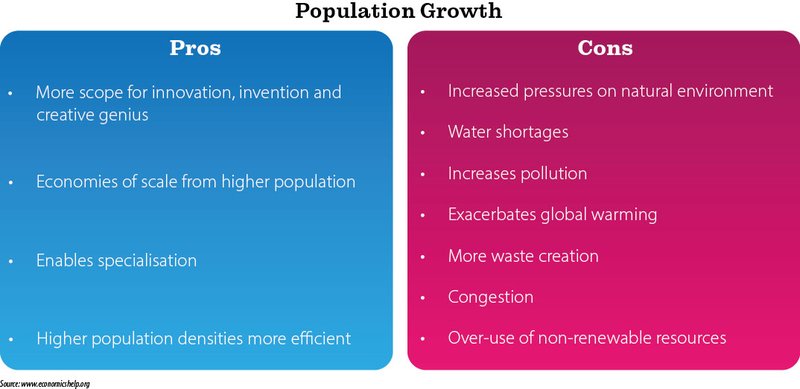
Understanding planaria is like looking at the underbelly of a classic ecosystem. They can be viewed as nature’s clean-up crew, but their presence can sometimes stir up unexpected challenges. This article will walk you through the ecological benefits and drawbacks of planaria populations, shedding light on why they matter in both positive and negative ways. So, grab a cup of coffee and let’s get into it.
What Exactly Are Planaria?
Planaria are flatworms from the class Turbellaria within the phylum Platyhelminthes. They’re mostly freshwater-dwelling creatures, but you can also find them in marine and terrestrial environments. One of their most intriguing traits is their remarkable regenerative ability. If a planarian loses part of its body, it can grow it back! That’s like losing a finger and having it sprout back overnight. This ability not only fascinates scientists but also plays a role in their ecological dynamics.
These organisms typically range in size from a few millimeters to several centimeters long. They have a flattened shape, which helps them glide along surfaces and through water. Their diet mainly consists of detritus (dead organic matter) and microorganisms, making them important decomposers. By feeding on decaying matter, they help recycle nutrients back into the ecosystem. So, while they may seem small and insignificant, they are actually contributing to a much larger ecological cycle.
Benefits of Planaria Populations
1. Nutrient Recycling
One of the primary ecological benefits of planaria is their role in nutrient recycling. As detritivores, they consume decaying organic material and microorganisms. This helps break down waste, returning essential nutrients like nitrogen and phosphorus back into the soil and water. Without creatures like planaria, dead matter would accumulate, potentially leading to a lack of nutrients in the ecosystem.
2. Biodiversity Support
Planaria populations can also support overall biodiversity. They serve as food for various aquatic species, including fish and amphibians. By being part of the food web, they contribute to the survival of larger organisms. This interconnection highlights the importance of every species, no matter how small, in maintaining the delicate balance of ecosystems. Healthy planaria populations can indicate a thriving habitat, signaling that the ecosystem is in good condition.
3. Biological Research
From a scientific standpoint, planaria have made significant contributions to biological research. Their extraordinary regenerative capabilities have attracted the interest of scientists studying tissue regeneration and developmental biology. Understanding how they heal and regenerate can offer insights into similar processes in humans and other animals. So, planaria aren’t just cleaning up the environment; they’re also helping us advance our knowledge in medicine and biology.
Drawbacks of Planaria Populations
1. Potential Overpopulation
While planaria can be beneficial, they also have the potential for overpopulation, especially in nutrient-rich environments. When conditions are just right, their numbers can explode, leading to competition for food and resources. This can disrupt the balance of the ecosystem, as excessive planaria populations may outcompete other important microorganisms and disrupt local food webs.
2. Impact on Aquatic Fauna
Another concern is how planaria interact with other aquatic organisms. Some species of planaria can be predatory. They have been known to prey on small invertebrates and even the eggs of fish and amphibians. This predatory behavior can lead to a decline in those populations, creating a ripple effect throughout the ecosystem. It’s a delicate balance—too many planaria can harm the very creatures that help maintain a healthy habitat.
3. Indicator of Water Quality
Here’s the thing about planaria: their presence can sometimes signal issues in water quality. While they thrive in healthy environments, they can also adapt to polluted waters. This adaptability can mask underlying issues, making it harder to assess the actual health of an ecosystem. When we see planaria thriving in areas where other organisms struggle, it might mean something’s off balance.
The Role of Planaria in Aquatic Ecosystems
Planaria are more than just little worms; they play a crucial role in aquatic ecosystems. By consuming organic matter, they help keep water bodies clean and nutrient-rich. In fact, they are often considered bioindicators. That means their presence and health can provide valuable insights into the overall quality of an ecosystem.
In healthy ecosystems, planaria are part of a complex web of interactions. They contribute to energy flow by transforming dead matter into nutrients that feed plants and other animals. It’s like a cycle of life happening right before our eyes, with planaria playing a critical role. Their importance is often overlooked, but without them, our waters would be a lot less vibrant.
Planaria Management Strategies
Managing planaria populations requires a careful approach. If you’re dealing with an overabundance of planaria in an aquarium or pond, consider these strategies:
- Regular Cleanings: Regularly remove debris and organic matter to minimize food sources for planaria.
- Introduce Competitors: Adding species like snails or fish that feed on planaria can help control their population.
- Monitor Water Quality: Keeping an eye on water quality can help you understand if your ecosystem is balanced or in trouble.
It’s essential to strike a balance when managing these organisms. While they provide benefits, their unchecked growth can lead to more problems than solutions. By implementing these strategies, we can enjoy the advantages of planaria without experiencing the drawbacks.
Planaria may be small, but they hold an important place in the ecological puzzle. Their ability to recycle nutrients, support biodiversity, and contribute to scientific research highlights their value. However, their potential for overpopulation and predation on other aquatic species reminds us that nature balances itself in surprising ways.
Understanding the ecological benefits and drawbacks of planaria populations helps us appreciate their role in our ecosystems. By learning to manage them effectively, we can maintain healthy environments that support all forms of life. So next time you see one of these tiny flatworms, remember they’re doing their part in keeping nature balanced—just like us, they have their ups and downs.
